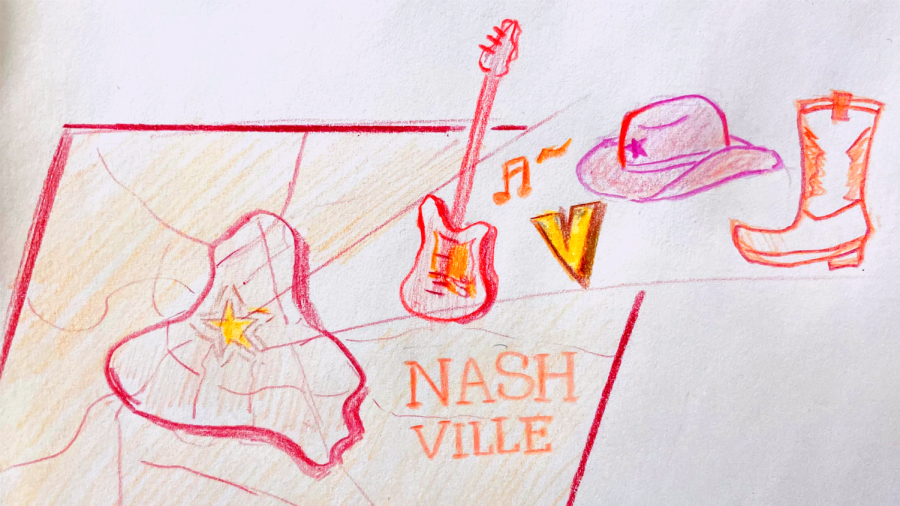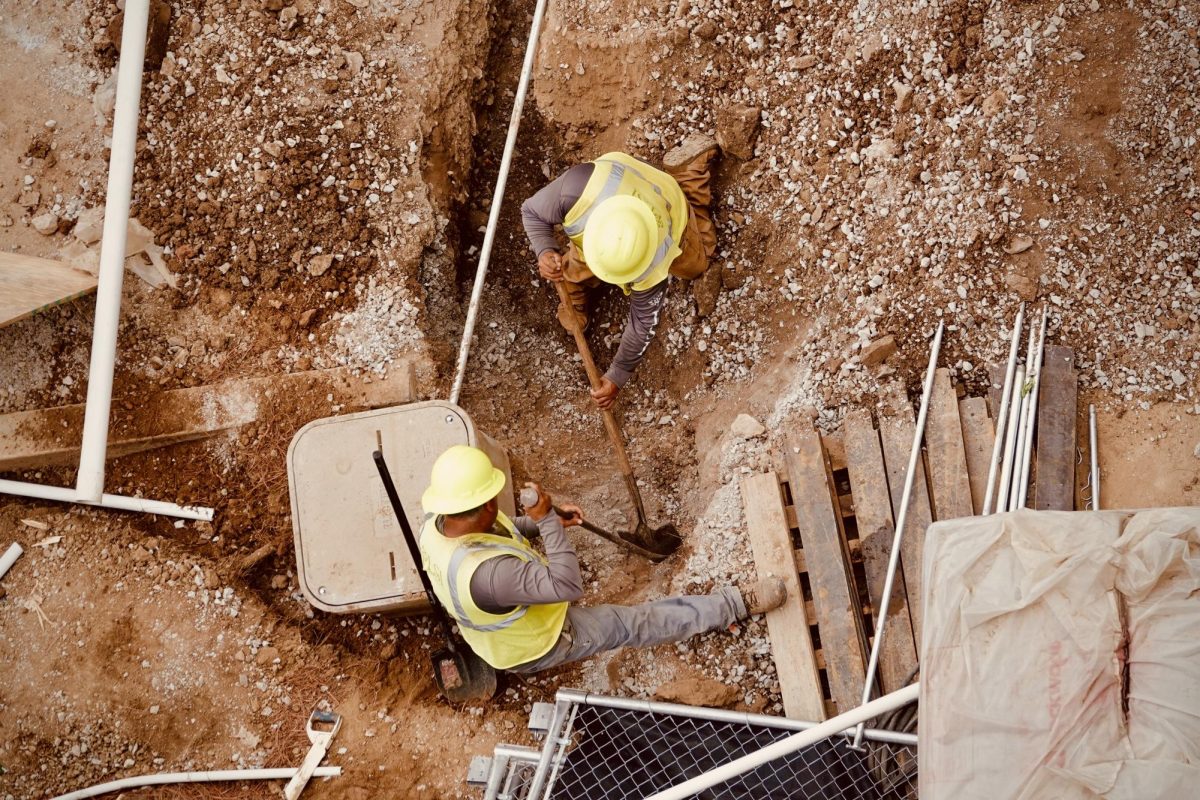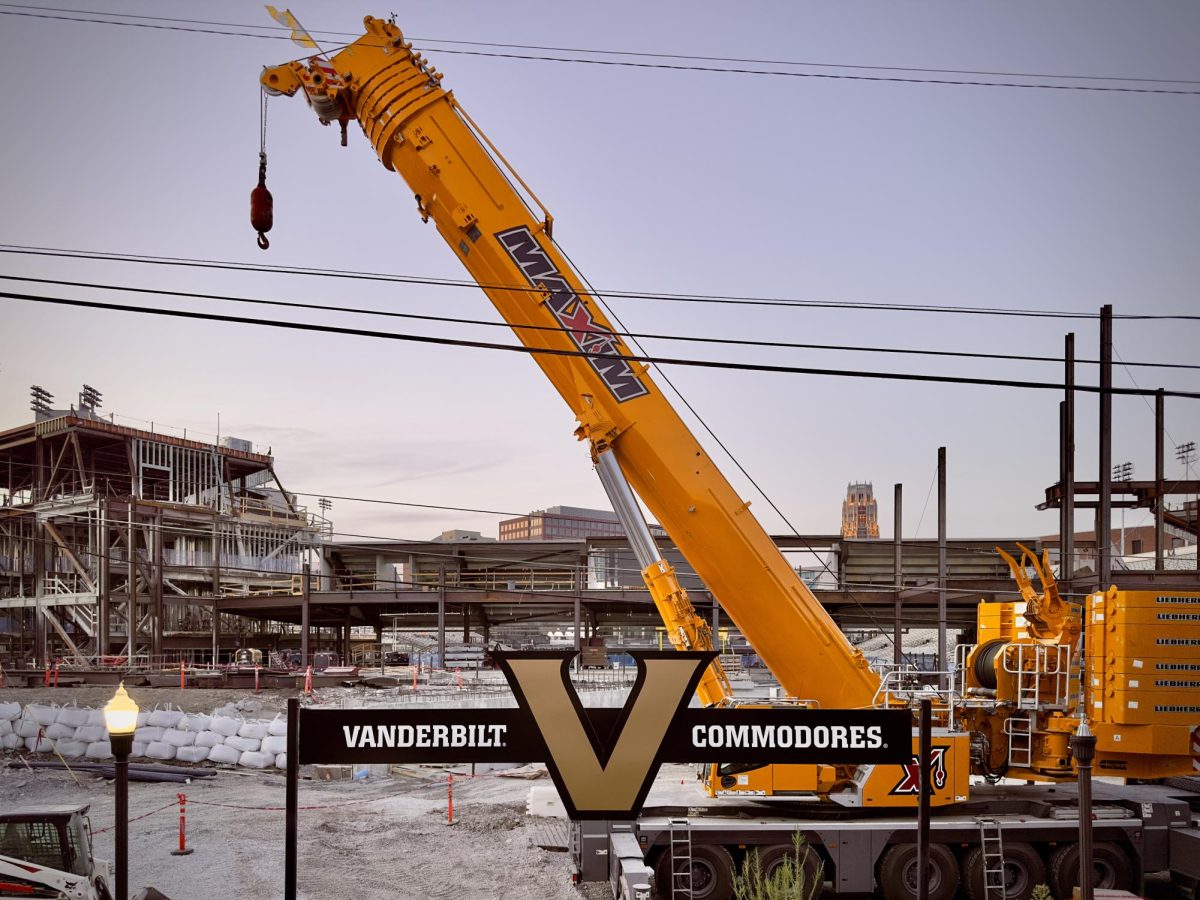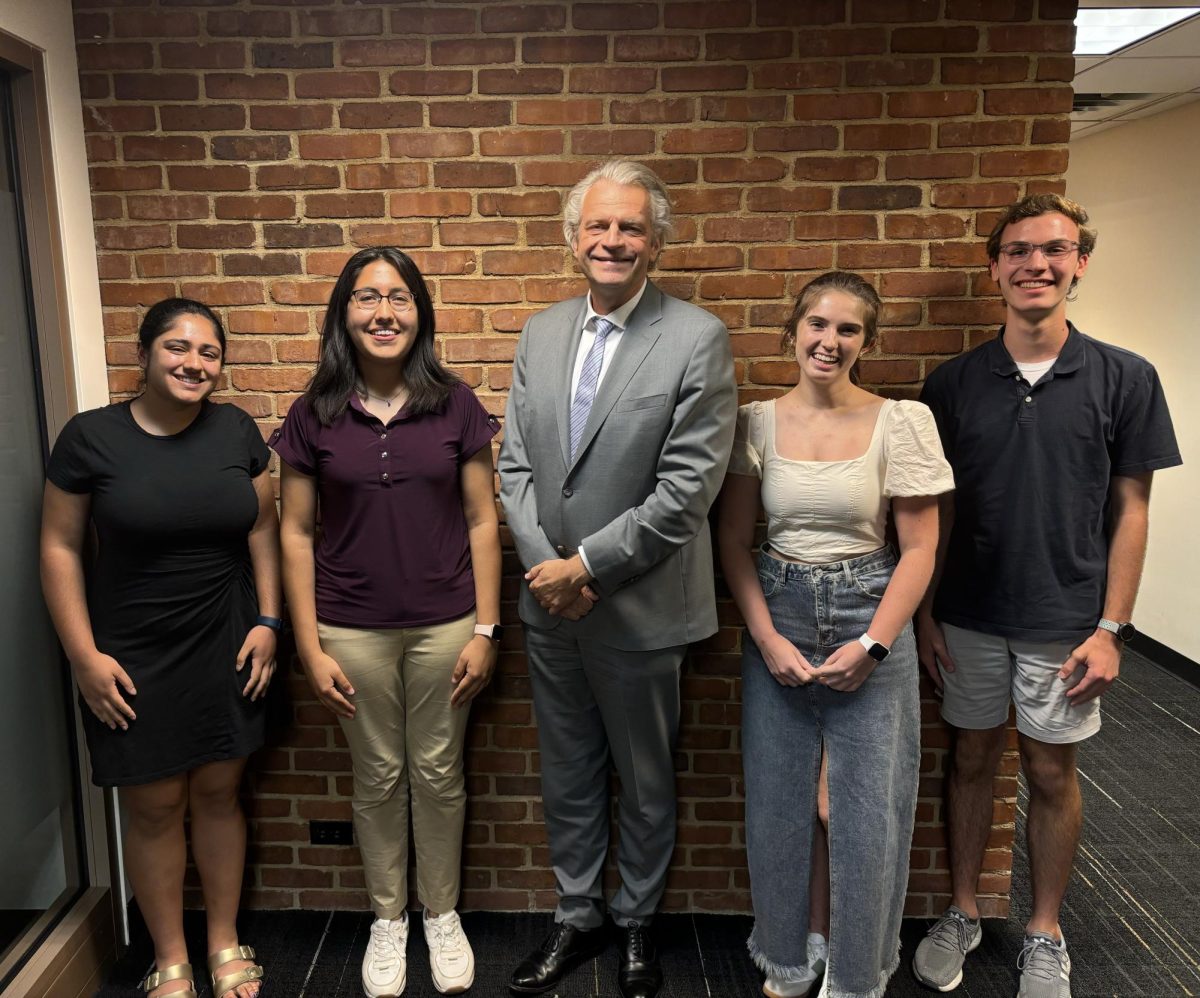Cowboy boots, party buses and honky tonks seem to comprise the quintessential Nashville cultural environment. The city has been having a cultural moment surrounding tourism. Per a report by the Tennessee Department of Tourist Development, tourism is now the second-largest industry in the state and generated $1.81 billion in revenue in 2018 alone. Bachelorette parties, the CMA festival and Broadway have emerged as quintessential images of Nashville for people around the country and the globe. Thousands visit the city each year to embrace these cultural images for themselves.
At the same time, Nashville has also been experiencing political and social change. Conservative pundits like the Daily Wire and Ben Shapiro have applauded Nashville for becoming the new “Hollywood’ — but devoid of “woke” culture. These changes have not only posed questions for the future of Nashville, but also serious questions about the identity of the city.
When I reflect on my own experience as a lifelong resident, I cannot help but notice that every year, Nashville seems to look and feel drastically different from the previous one. Places change and demographics shift but rarely do we grapple with the meanings of these changes for the future of a city.
The Nashville aesthetic
To understand why Nashville’s identity crisis matters, we must understand why aesthetics matter for the identity of a city. Philosopher Jean Baudrillard pioneered the theory of hyperreality to critique media, culture and cosmopolitanism. The French-born philosopher was specifically concerned with how images shaped our understanding of the world. With this theory, he provides a framework for understanding cities and the importance of images when grappling with their existence.
In Baudrillard’s 1983 book “Simulacra and Simulations,” he uses the metaphor of a map to illustrate how cities become less real over time. When looking at the city, a cartographer tries to create a copy on a map. The drawing is detailed, and wields its best effort to copy the city perfectly. However, the drawing slightly differs from reality, basing itself on the ideas of the cartographer rather than strictly on real life. Baudrillard calls this “second order simulacra.” The map is not the original, but still behaves like a reality — and becomes the reality people engage with.
Baudrillard’s metaphor hones in on the relationship between images and their origins. In the context of cities, oftentimes the chosen theme — for example, “country” for Texas, “Hollywood” for California — can change the way we view the complex places we live in. This can not only be reductive, but even policymakers can make choices that pick and choose what images are most important for the theme of the city.
Nashville’s origins are essential to understanding how it grapples with its complicated past. The aesthetic of Nashville that we’ve grown to accept starts with “Music City” — a mythos developed largely at the hands of the Fisk Jubilee Singers, who, much like other pioneering Black Nashville staples, would go on to be all but wiped from its history books in spite of pivotal contributions. Music has long been integral to the idealized narrative of Nashville life that is sold to inhabitants, but it is also a very foundational part of the city’s ethos. “WSM” (We Shield Millions), which was created by National Life Accident Insurance to advertise their insurance, became one of the largest radio stations in the state of Tennessee. WSM was renamed to the Grand Ole Opry and repurposed for country music broadcasting; it is still one of Nashville’s most popular tourist destinations.
Today, “Music City” is known for its distinct “country” sound, which has been cultivated over decades. The Grand Ole Opry’s economic success was by and large the cause for this shift toward southern sonic aesthetics. Artists were drawn to the success of the city, and it led to the development of Music Row, where notable conglomerates like RCA set up shop. The Ryman, a long-standing concert venue, became the stomping ground for acts like Johnny Cash and Dolly Parton. It was clear that Music City was a landmark.
Through country music, a particular image of the archetypal Nashvillian emerged. In Robert Fry’s book “Performing Nashville,” he highlights how cowboys and southern belles — especially those who were white — were the dominant images that emerged in the tourism industry as a result of the major economic boom. John Dyck writes in his article “The Aesthetics of Country Music” that the roots of country music draw inspiration from Black and white rural southerners alike, but it became more synonymous with white culture due to marketing. As country music gained popularity, the multiracial origins of the genre were obscured from history.
Even beyond country music, Nashville is a city struggling with the emergence of a Black industry.
The story of Nashville begins with Jefferson Street: Once a bustling hub of Black life and music. In an article about the one-time cultural hotspot, Dave Paulson describes the presence of Jazz clubs and bars as magnets for prominent mega-stars like Jimi Hendrix and Etta James. From the 1940s to the1960s, Jefferson Street remained incredibly popular, demonstrating its centrality to Black culture in Tennessee, as well as the South. Jefferson’s cultural significance peaked in the 1960s during the golden age, when artists like Aretha Franklin, James Brown and Otis Redding frequented the area. Speakeasies, nightclubs, and theaters existed on Jefferson Street, and Jefferson street represented Black economic progress in the city.
To construct the reality of Nashville, though, there was a necessity to erase what was before. In the late 1950s, Jefferson Street fell in part because of the intentional exclusion of African Americans from the future of Nashville at large. In their approval for the construction of Interstate 40, Jefferson Street was destroyed by elected officials. Linda T. Wynn, an adjunct professor at Lipscomb University, found that citizens were so impacted by decisions about planning that they had no prior knowledge of the planning decisions. This design effectively eviscerated North Nashville by stunting its development. This process continues today and was an intentional effort on the behalf of state governments to cut out African American communities. Through this construction of an “ideal” Nashville, city planners made clear that Black people were not envisioned in any vision for its future. This is not to say that Black life does not exist in Nashville, but to recognize that Black life thrives despite the efforts of an entire city to destroy it.
In the 21st century, choices to shape Nashville have become more glaringly obvious. The city has forged a story about country music to facilitate tourism, and in the process, has papered over the glaring inequalities that exist. For instance, More than 450 million dollars in 2021 were invested towards development in downtown, but notable inequality has continued. Instead of investing in public housing and making more equitable transportation, Nashville has left the inequality present in the city to fester. In perhaps more publicly obvious news, Nashville’s aesthetic molding has also grown apparent in the home it’s given to bachelorette culture. “Nashville’s bachelorette party culture encourages women to “celebrity” themselves by supporting economies through public amenities and social media sharing,” Vanderbilt communications professor Claire King wrote in a 2021 journal article, “while simultaneously reinforcing white, Eurocentric, cis, heterosexual beauty norms refracted through fantasies about Southern womanhood.”
Ironically, Nashville’s new development has also been largely created on the backs of construction workers. These workers are primarily Latino residents in Nashville. In a 2018 report by the Guardian, it is highlighted that Nashville still remains an incredibly dangerous city for members of this field. On a phone call this past November, Xotchil Lopez, a volunteer organizer at Worker’s Dignity told me about how these realities have material impacts on the people they endanger.“Nashville is actually one of the top cities for the worst labor practices and the conditions are horrible,” she said. “You have people dying in construction sites and no one cares. There’s no regulation really and in terms of OSHA there are 34 people assigned for Nashville. There’s no one really holding the people accountable — the general contractors or the companies — and every year the conditions get worse.” (According to a report by the Federal Annual Monitory and Evaluation, there were 39 safety compliance officers and 24 health compliance workers for the entire state of Tennessee as of 2021.)
Lopez’s comments show how local residents are literally building the future for a city that they may not be able to enjoy. This is, even more disheartening given the average age of construction workers who are dying at work sites are 17-18 years old — in one case, a worker as young as 16 years old was reported dead. Even Vanderbilt is complicit — in the construction of Rothschild, a construction worker was found dead in 2022. The ever-present danger of the future continues to loom heavily on the city — both figuratively and literally.
When reflecting on where Nashville may go in the future, I often try to remain optimistic. But in an era of tourism that constantly seeks the most “authentic and niche experience,” locals are pushed away, leaving an inauthentic shell of a city rather than the unique fibers and history that hold it together. How great can a future really be if it costs the present?







